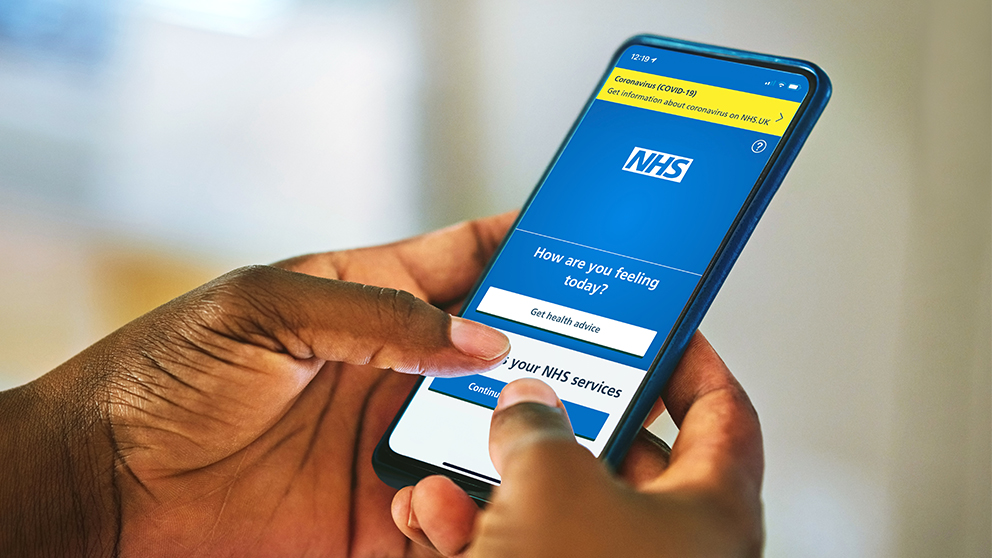According to Sussex Healthcare, Reducing waiting lists to help people get the care they need, quicker, is one of the top priorities for NHS Sussex.
We know that following the COVID-19 pandemic there are people waiting longer than we would like for specialist clinical care or surgery, following a referral from a GP or a community health professional. This means that waiting lists for planned procedures and operations have grown significantly during the past three years.
NHS Sussex recently published its immediate and long-term priorities for improvement across local health and care services. Reducing diagnostic and planned care waiting lists to help people have the operation and procedure they need, quicker, is just one of the key areas.
Lots of work is already underway to reduce the number of people waiting for care and appointments, including establishing new Community Diagnostic Centres in Sussex. The centres provide a range of services including vital tests to speed up access to what can sometimes be life-saving assessments and diagnosis of conditions, from cancer to heart or lung disease.
We currently have four approved centres – Bexhill, Hastings, Queen Victoria Hospital in East Grinstead, and Southlands (currently in development), So far, these centres delivered more than 55,000 vital tests, checks and scans for patients who have been referred by a GP, pharmacist, or hospital.
The BBC South East Today news team recently visited the Community Diagnostic Centre in Bexhill – a brand new purpose-built centre right at the heart of the community.
Community Diagnostic Centres are just one way progress is being made in this area. Other successes in Sussex include:
Creating extra capacity at NHS trusts to be able to offer more appointments and more surgery sessions.
NHS organisations working closer together, so patients may be offered an appointment at an alternative hospital if it means they can be seen quicker.
Working with the independent sector to provide additional appointments and treatments.
Reviewing the needs of patients who are waiting for treatment to understand if their health needs are still the same or a different care plan is needed. As a result of this patient contact to date, many patients have advised that their needs have changed or improved and so don’t need to be on the same waiting list – meaning others can be seen quicker.


